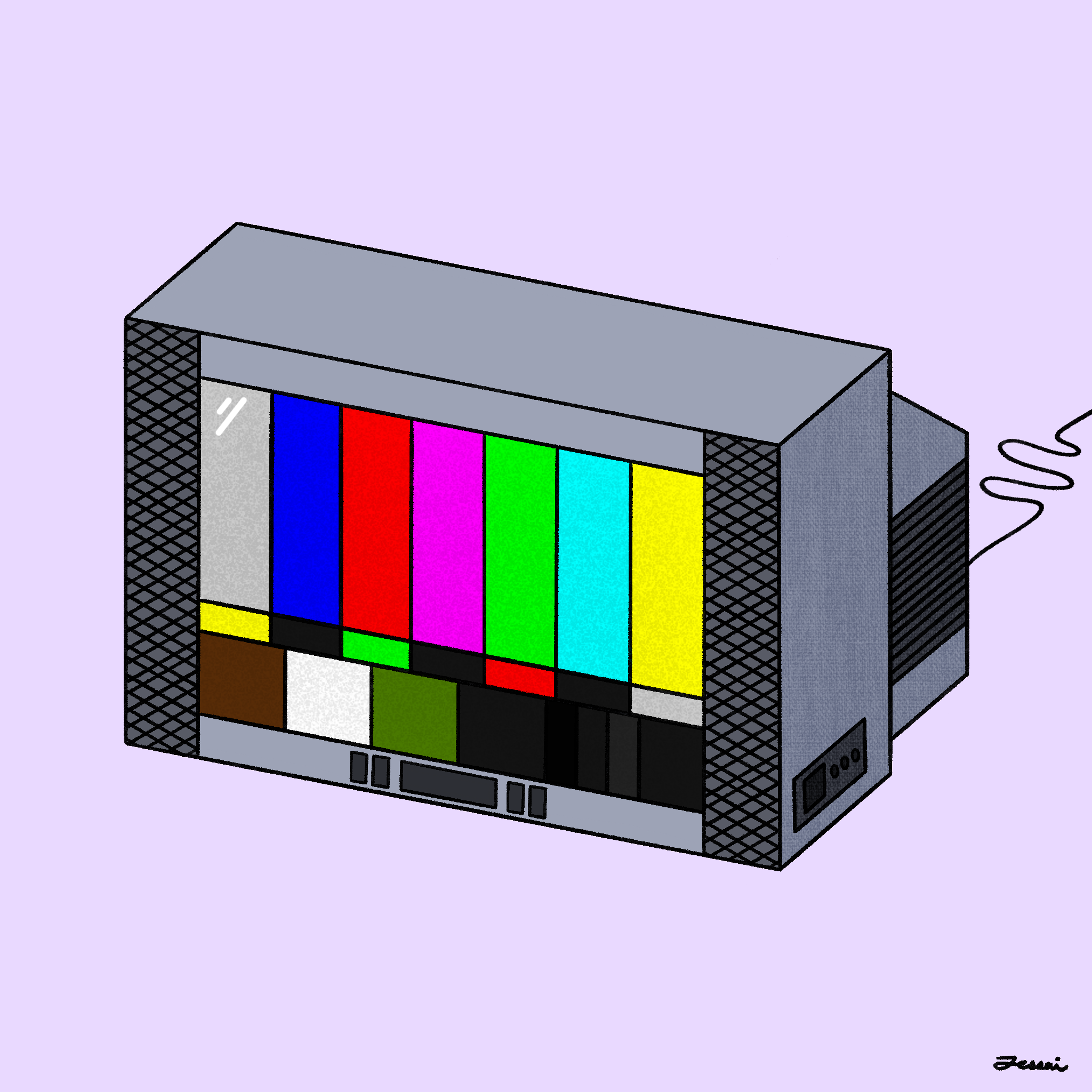
Jessai Flores
Last weekend, I received an email from A24 alerting me to the new merch they had just released for “Priscilla”, Sofia Coppola’s take on Priscilla Presley’s relationship with Elvis. About 10 minutes later, I purchased the Priscilla Rhinestoned Babytee, a tiny t-shirt with “Priscilla” written on the front in rhinestones and the film’s credits in a dainty floral graphic on the back.
Is it too strange to buy merch for a film I haven’t even seen yet?, I wondered to myself.
No, I decided hastily, reasoning that it was the kind of shirt I’d wear whether it were for a movie or not.
Anyways, I’m going to see the movie this weekend, at which point it won’t matter when I ordered the top. No one, except all of you, will ever know.
Though A24 is best known for films like “Lady Bird” and “Hereditary”, their merch website is a sight to behold unto itself. They have something for everyone — the standard fare: hats and hoodies bearing the company’s logo, as well as more specialized items dropped for their major releases. Other independent production companies also sell merchandise, but A24 has been particularly successful at turning itself into a brand independent of the films it makes.
Though A24 has become incredibly mainstream, it still retains its status as indie, a bit quirky, a tad intellectual. The company has found a way to package what Twitter would call an “A24 core” or “A24-coded” aesthetic into a genre-themed candle or even a dog leash. To my understanding, A24 core describes things that are generally mainstream (like “Lady Bird”) but are just left of center enough to resist the mainstream label.
The tote-bag-ification of engagement with the arts — a term I’ve just coined to explain people’s need to not only consume art but let people know they’ve consumed it, ideally through a tote bag — is, in my view, at the heart of A24’s merchandising strategy.
When A24 sells a tshirt with their logo made up of googly eyes à la “Everything Everywhere All At Once” or embroidered flowers in reference to “Midsommar”, they are giving people the opportunity to tell the world that they have engaged with a film and therefore deserve credit for being something of a cinephile. Even when someone wears a generic A24 beanie, they signal that they are the kind of person who cares about film. If this assessment sounds cynical, let me be clear: I really appreciate the effort A24 puts into letting people interact with films beyond the movies themselves. But if I pretended that the company wasn’t at least partially capitalizing on their audience’s pretentious urges, I would be obscuring my own motivations for buying some of their items.
Aside from the general film-lover vibe A24 cultivates, the company also lets audiences buy into the particular aesthetics of their films. For instance, along with the girly, vintage style of the “Priscilla” apparel, A24 also partnered with Half Magic, a cosmetic line by Euphoria makeup artist Donni Davy, to create a makeup kit that allows you to achieve Priscilla Presley’s iconic winged-eyeliner look. Sofia Coppola is known for the frilly, hyper feminine style of her films, so it makes sense that A24 would target the film’s merch towards young women eager to take part in the film’s girlish glitz and glamour.
The participatory element of some of these more niche items — like a tiny “Mid90s” fingerboard or a “Hereditary” Gingerbread Treehouse Kit — is A24’s merch at its best. These items, though certainly silly and perhaps frivolous, allow people to claim a piece of the films for themselves. For my birthday this year, a friend got me a tiny figurine of Marcel the Shell and his miniature matchbox house. He lives on a bookshelf in my bedroom, and every time I see him up there, I am reminded of an endearing film that I love and now have a sense of ownership over. The distance between the audience and the film shrinks when you can see and feel the materiality of a movie right in front of you. These iconic mementos allow the films to break out of the screen into the real world.
On the flip side, to what extent does the instantaneous commodification of a film detracts from the art itself? When a new A24 film comes out, there is a contingent of viewers who are perhaps as eager for the coincident merch drop as they are for the film itself. The individual particularities of any film become secondary to it being an “A24 film” which comes pre-packaged as a consumable product. After all, I literally bought the merch for a film I haven’t even seen yet — and may not even like — simply because it appealed to me aesthetically. As much as I truly enjoy endlessly browsing the A24 site, I can’t shake the feeling that the company’s marketing team is almost too clever for its own good, ultimately facilitating a disingenuous engagement with the wonderful art that it consistently puts out. At the end of the day, a company needs money to create wonderful movies, and A24 has found a way to make that money off of its natural audience — film lovers; fair enough.
What pushes all of this over the edge for me is other A24 marketing strategies like their AAA24 membership program (of which, I must admit, I am a part) and their newly released A24 App. These tactics, combined with their robust merchandising efforts, glaze a capitalist sheen over their artistic output, one which feels incongruous with the company’s genuinely indie roots. Somewhere along the way, A24 became a cult of personality, one it knows we all want to wear on our sleeves, preferably written in rhinestones.







